The benefits of movement: How walking changes everything
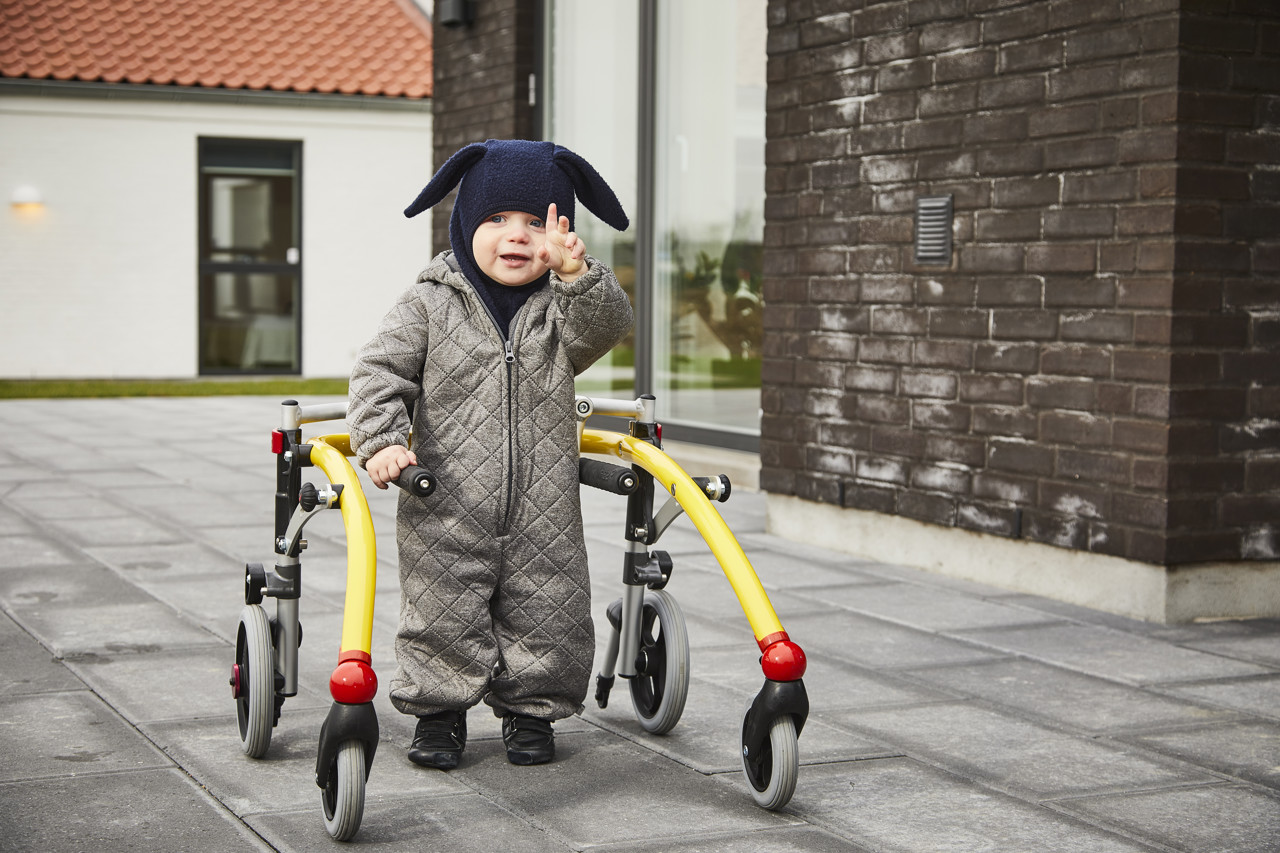
Watching an infant learn to walk is a joyous experience. The thrill of their first steps paired with their determination, despite countless tumbles, is nothing short of inspiring. But why do children put so much effort into mastering this skill, enduring wobbly legs and frequent falls along the way? And why does walking hold such a key place in their development?
Walking is more than just a developmental milestone. It’s a gateway to independence, exploration and connection. For children, it’s an essential milestone that opens the door to countless opportunities for growth – physically, emotionally and cognitively.
Why do we walk?
Most children start walking between eight and eighteen months old, during one of their most rapid phases of development. Before they can walk, crawling or other forms of mobility often confine their perspective to the floor. But walking dramatically changes this. The moment a child stands upright, the world takes on a new dimension and becomes full of possibilities.
This transition affects much more than what the child can actually see. Walking reshapes how children interact with their surroundings, fostering a deeper understanding of spaces, objects and people. It allows them to travel further and explore freely. With every step their sense of independence grows, their understanding of the world deepens and their confidence blossoms, building a sense of independence and encouraging curiosity, bringing new ways to learn and connect.
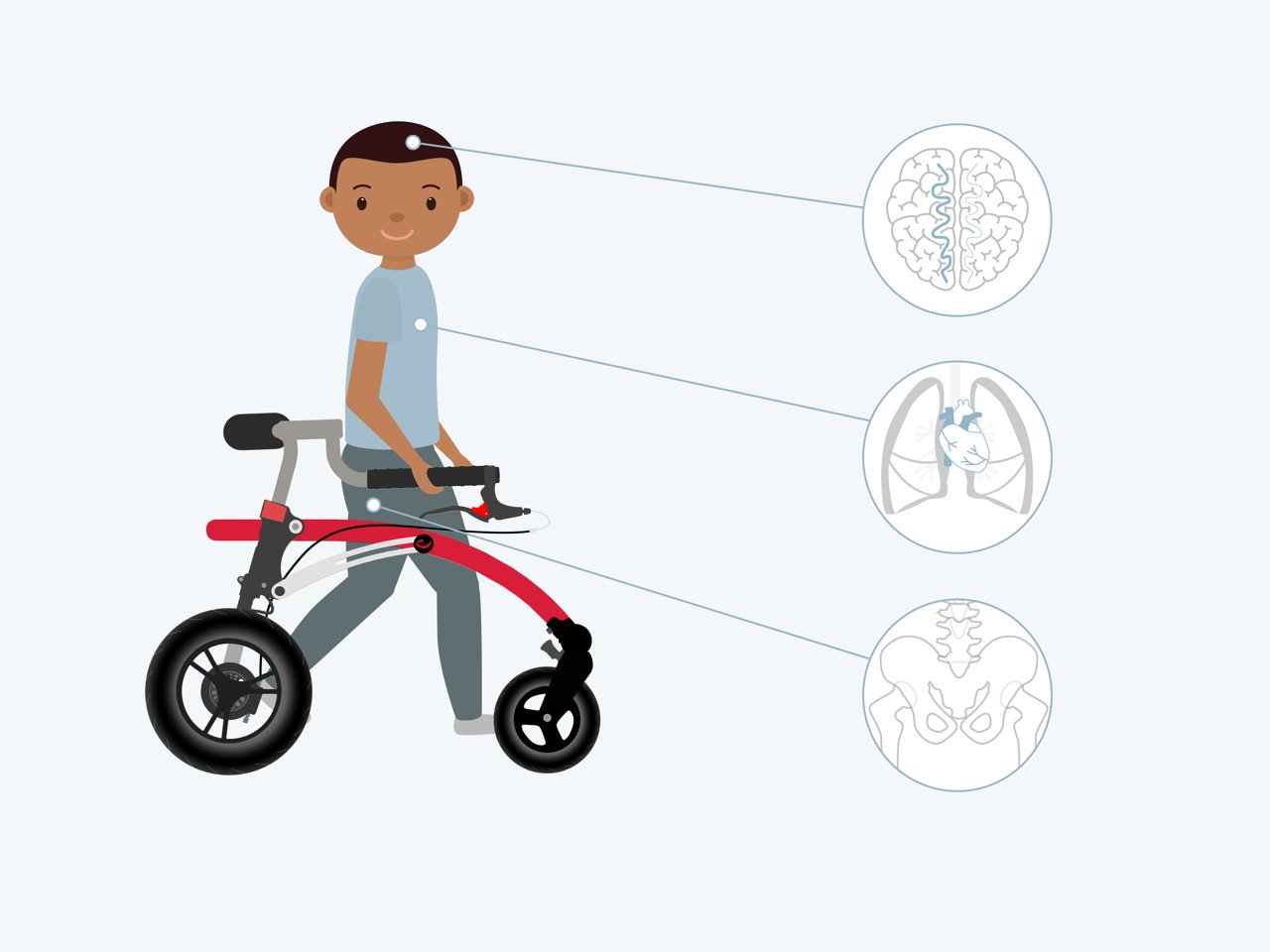
Walking and brain development
Walking is one of the most fundamental motor skills promoting a child’s development across a range of areas. But the transition from crawling to walking has fascinating effects on brain development too. Walking supports physical fitness, emotional wellbeing, social inclusion and cognitive development.
Physical growth
On a physical level, walking is essential for building strength and coordination. It promotes bone density, strengthens the muscles and enhances cardiovascular health. Moving against gravity also fosters better posture and spatial awareness, creating a foundation for other motor skills such as running, climbing and jumping. These physical advancements support a child’s overall health and prepare them to engage confidently in the world.
Cognitive development
The benefits of walking go beyond the physical. When a child begins to walk, they gain the freedom to use their hands to carry, point and interact with objects. This creates new and richer experiences – encouraging problem-solving, decision-making and spatial awareness. A toy on the floor, for example, is no longer just something to play with, but an object to pursue, grasp and explore.
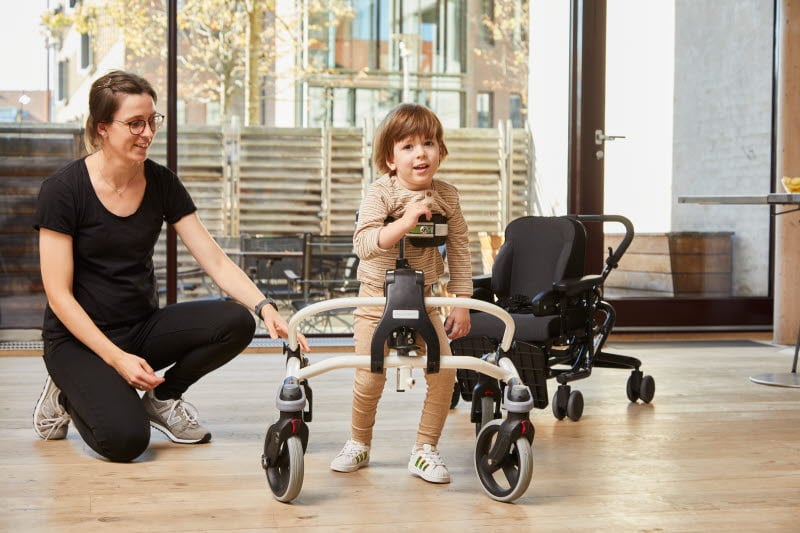
This mobility also sparks a fascinating boost in communication skills as children interact with their parents and caregivers in new ways – bringing over a book or holding up a toy of interest.
These moments lead to richer conversations where caregivers might use action-driven phrases like "Let's open it!" or "What do you have there?" This dynamic introduces new vocabulary and concepts, while strengthening bonds with their caregivers.
Emotional and social growth
Walking introduces a child to a world of emotional and social possibilities. With mobility comes the ability to make choices independently – choosing where to go and what to explore. This autonomy builds confidence and inspires a sense of self.
Socially, walking allows children to engage with others on their own terms. They can approach caregivers, join peers in play and participate in shared activities, fostering a sense of inclusion, belonging and joy. Whether running to give someone a hug or joining a group of friends exploring the outdoors, these moments are vital for emotional and social development.
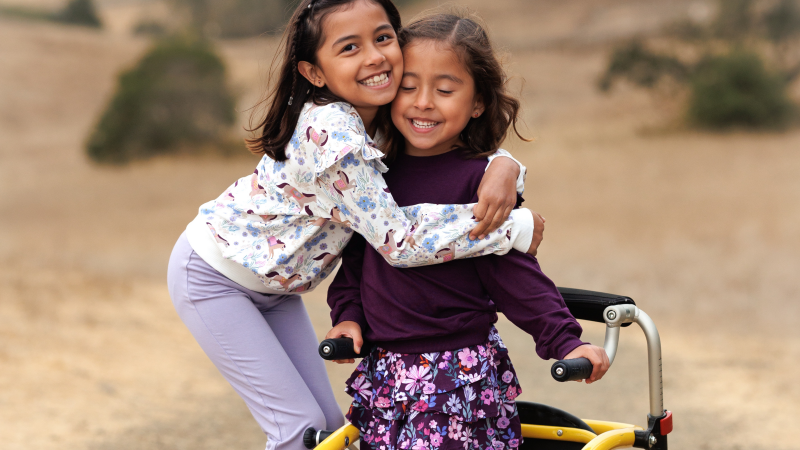
Challenges and the role of early intervention
For some children – due to developmental delays or disabilities – the milestone of walking may not come naturally or during the expected timeframe. This can limit the opportunities for exploration and learning that mobility provides. Reduced movement may hinder the growth of critical brain regions, such as the cerebellum, which aids coordination, and the cortex, which supports learning and problem-solving. Moreover, their naturally curious and adventurous nature may be dampened if they are unable to interact freely with their environment.
Early intervention is crucial here. The first few years of life are a critical window during which children’s bodies and brains are highly adaptable. For those facing mobility challenges, introducing the right support during this early period can unlock their potential and help them reap the benefits of independence.
Mobility aids, therapeutic approaches and positioning devices introduced within the first year of life can provide meaningful opportunities for exploration and interaction. These tools ensure that children can experience movement in ways that support their physical health, cognitive growth and emotional wellbeing. Mobility is not merely practical – it is a doorway to joy, connection and freedom.
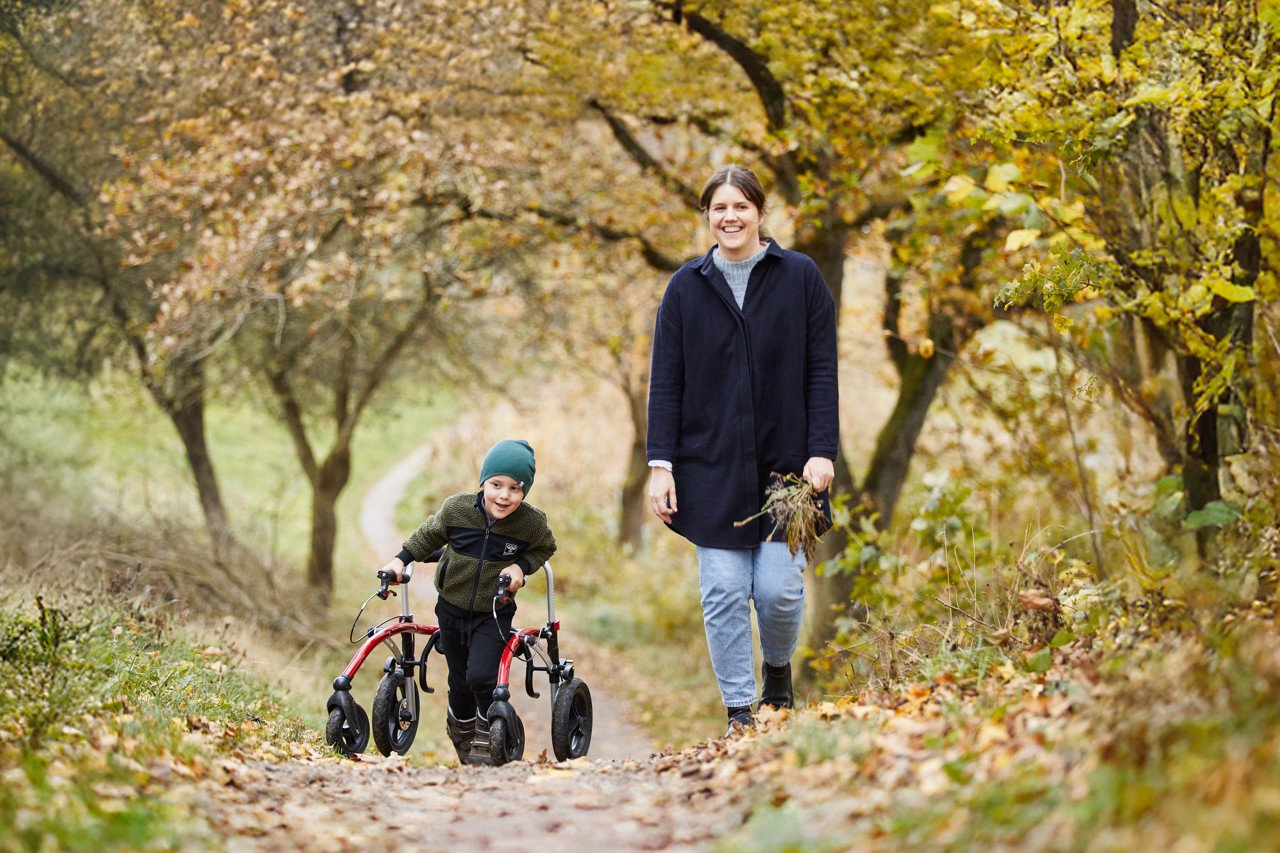
Mobility is every child’s right
Mobility is not just a developmental milestone – it is a fundamental human right. It is essential for children’s growth, happiness and sense of belonging – whether it is giggling as they sneak up on a sibling, darting away from a bedtime routine or simply running into the arms of a loved one. When mobility is supported, it not only helps children reach their physical milestones but also builds the self-reliance and confidence that will carry them through life.
For children facing developmental challenges, the right interventions can make all the difference. They deserve the same opportunities to explore their world and find their place in it. Early support ensures that every child, regardless of their unique circumstances, can move toward their full potential – in every sense of the word.
Mobility is far more than walking and a way to get from A to B. It’s about growth, exploration and connection. It builds strength, sparks curiosity and enhances communication. For children, it lays the groundwork for learning and development, building the skills that will carry them through life.
Every child’s path to mobility is unique. Some will take their first steps with ease, others will need a helping hand or a little extra time. But one step at a time, the world opens up – and every step counts.
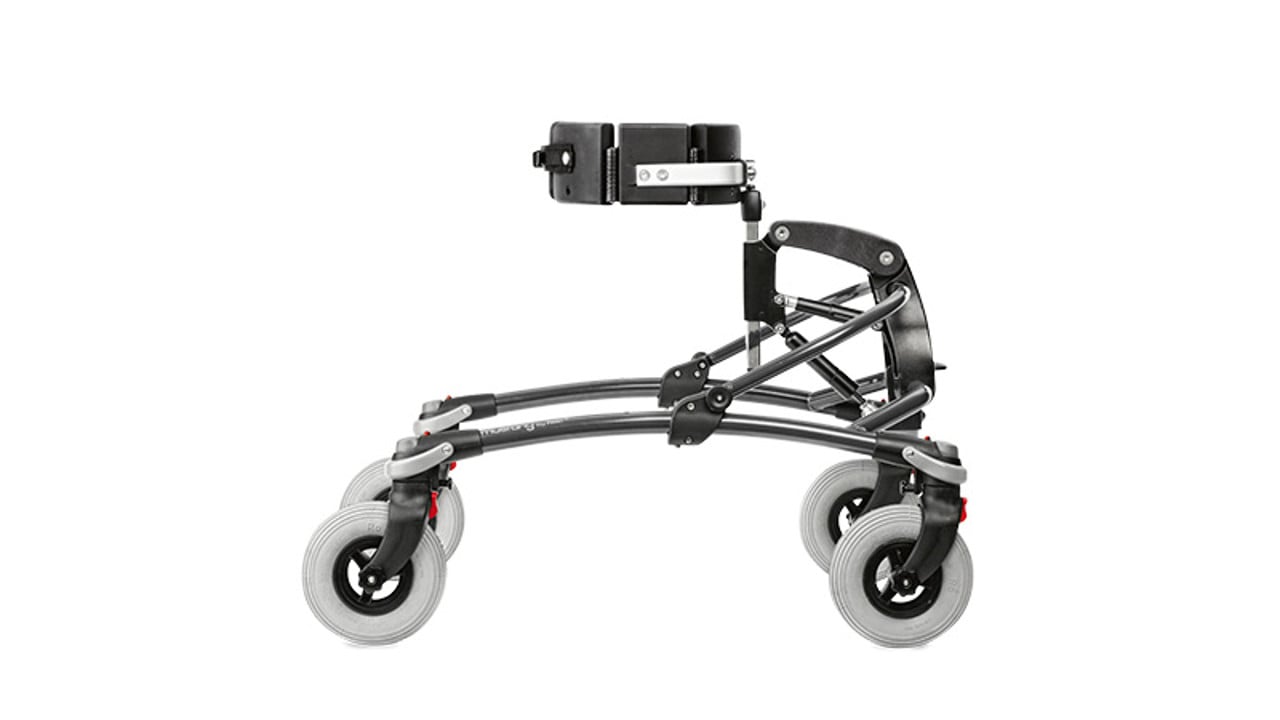
R82 Mustang
The Mustang is a walking aid for disabled children and youngsters, who need supplementary assistance with their daily walking.
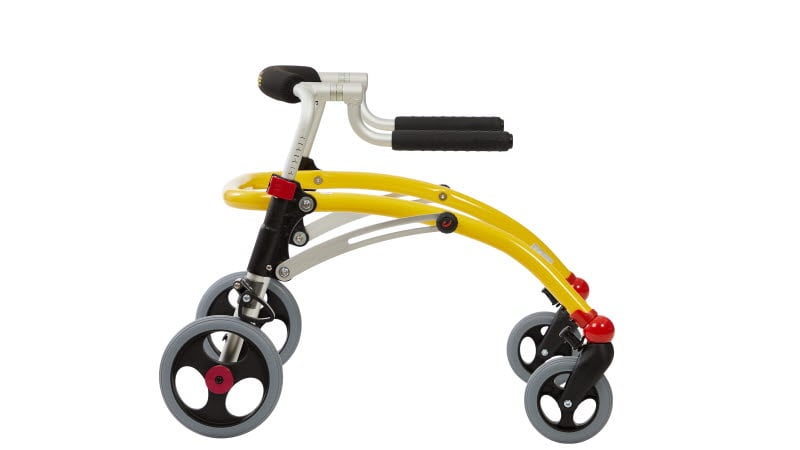
R82 Crocodile
The Crocodile is a walking aid for children and youngsters with disabilities, who need supplementary assistance with their daily walking.
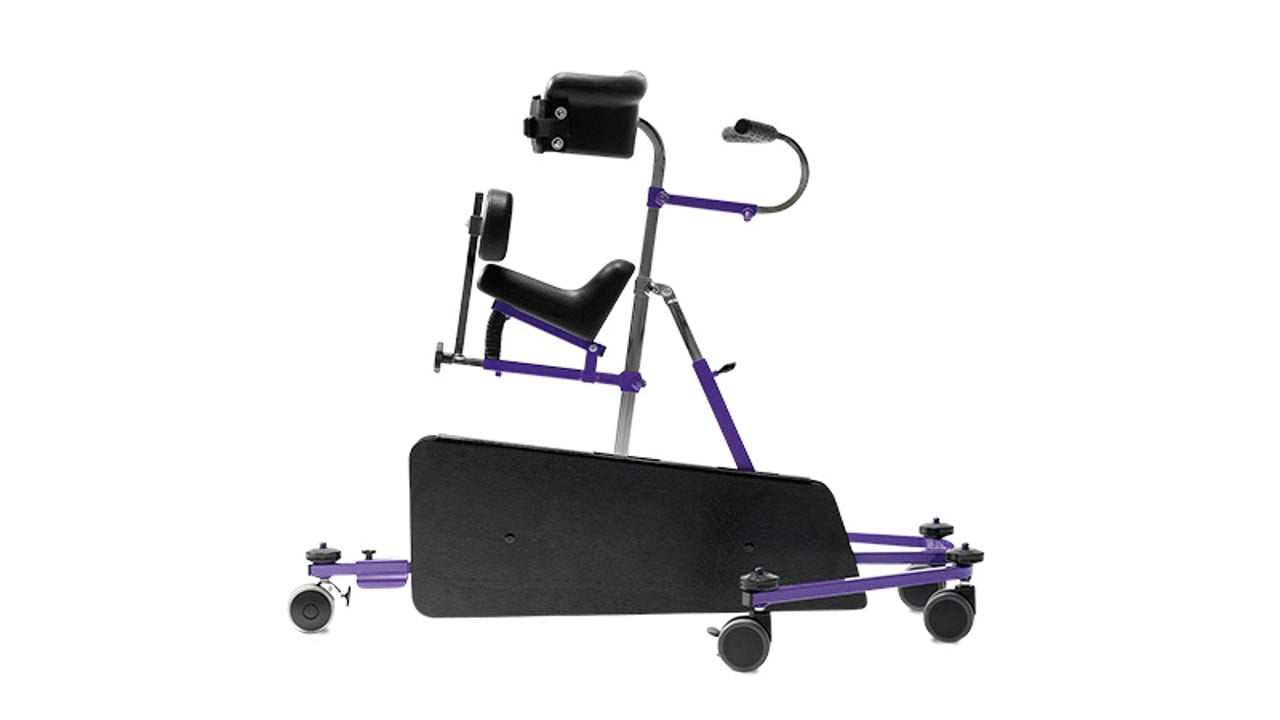
R82 Pony
The Pony is a gait trainer for disabled children and has a frame-shaped like an arrow with five castors.
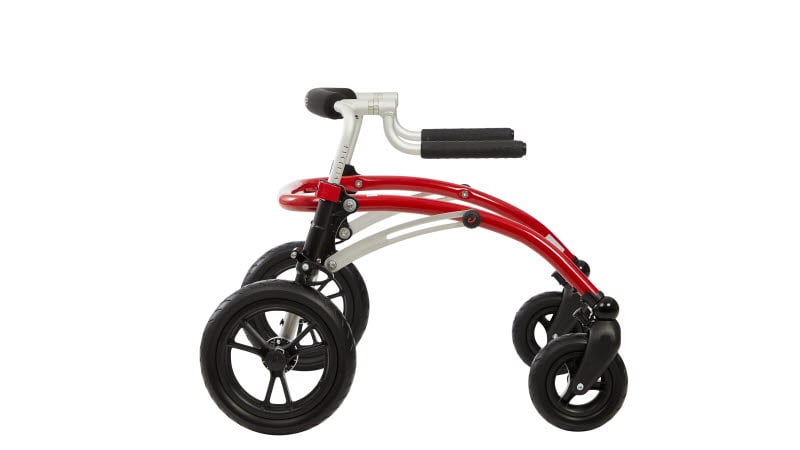
R82 Crocodile AT
The Crocodile All-Terrain variant is a walker designed to support your child, when- and wherever they want to go on adventures.
